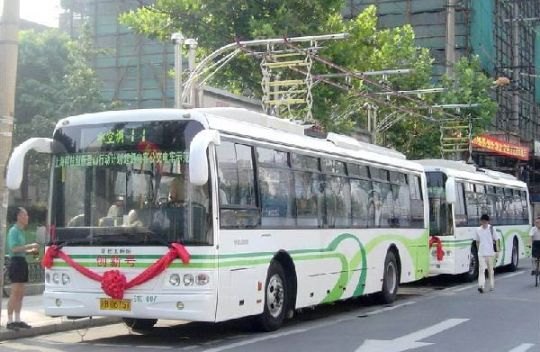The main point of the electric vehicles is that they don’t have carbon emissions and they don’t require expensive fuel. Since the fuels are getting more expensive and people have become more environment conscious, it is no wonder that the vehicles of this kind became more important. The manufacturers including Toyota, BMW and GM are focusing on these vehicles.
 (photo credit: www.ecofriend.com)
(photo credit: www.ecofriend.com)
Challenges
Although everything seems to be perfect in the world of EVs, there are some problems with them as well. The battery technology that they use is under a lot of strain these days. Considering the fact that the smaller gadgets finish their batteries in a few hours, just think about what kind of batteries the EVs need.
Given the truth about batteries, the EVs can operate for a relatively short period of time, and there are only a few charging stations, so the EVs don’t seem to be the perfect solution. This means that they can’t really replace the conventional cars.
Ultracapacitors
There is a new kind of alternative to make the EVs operate for longer periods of time. They are known as ultracapacitors and their main feature is being able to store energy; they can store large amounts of energy. They can be charged and discharged many times without degrading.
They have a longer life cycle and they don’t need to be replaced so often. These ultracapacitors can capture and store energy. They are developed as a substitute for the batteries, and if the project is successful, pretty soon all the EVs will be running on these ultracapacitors.
Trends
In the transport departments and in the military, the ultracapacitors are already being used on a large scale. Although we would have never thought, even the Humvee may go green if the ultracapacitors seem to be suitable for them. This way the dependence on fossil fuels will be dramatically reduced.
Ultracap buses
There are some companies that are already testing the ultracapacitors in case of electric buses. So far the experiment seems to be successful, but the researchers have to take into consideration that the routes will require several charging stations. The buses need to be recharged every 2-3 miles in bus stops. The ultracapacitor banks are located under the seats of the bus.









